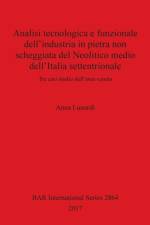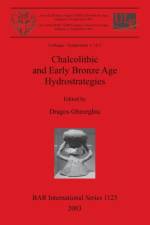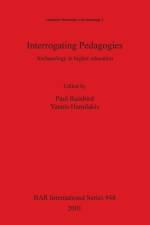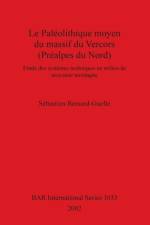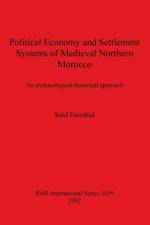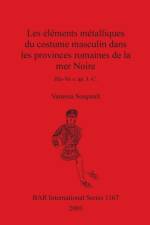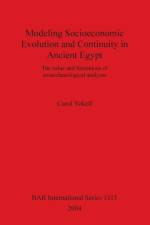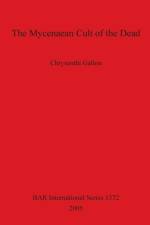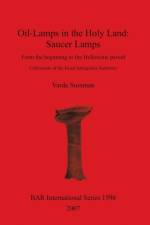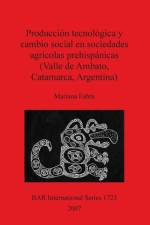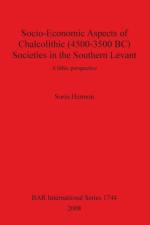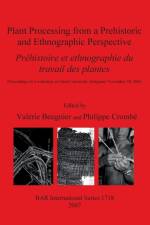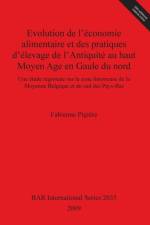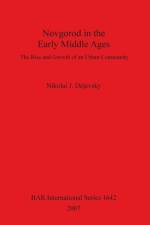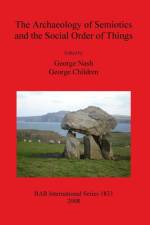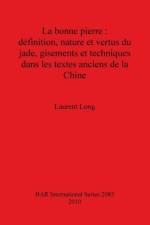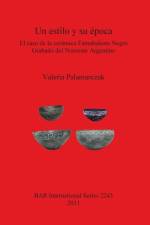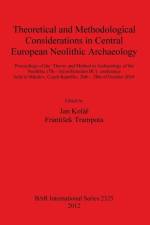- Volume I: Introduction and Overview. Excavations at Siyana Ulya, Khirbet Shireena, Khirbet Karhasan, Seh Qubba, Tell Gir Matbakh and Tell Shelgiyya, and other recorded sites
126,00 €
Volume I: Introduction and Overview.Excavations at Siyana Ulya, Khirbet Shireena, Khirbet Karhasan, Seh Qubba, Tell Gir Matbakh and Tell Shelgiyya, and other recorded sitesWith a forward by Michael Roaf (and with contributions by Stuart Campbell, Susan Gill, Anthony Green, Marion Pagan, St John Simpson, and David Tucker), Warwick Ball reports on the 1985-86 excavations by the British Archaeological Expedition to Iraq in the Saddam Dam Salvage Project. The area under British investigation lay on the right bank of the Tigris approximately 100 km northwest of Mosul, in the Zammar sub-governorate (nahiya) of Nineveh Province. This volume contains an overview of the settlement sequence of the Zammar region (from 7th millennium BC), as well as the excavation reports of Siyana Ulya, Khirbet Shireena, She Qubba, Khirbet Karhasan, Tell Gir Matbakh, Tell Shelgiyya, and surveys of 28 other locations. A second volume will deal with the site of Tell Abu Dhahir and future publications are planned to present the pottery and specialist reports. The detailed record presented here is the first stage in making available the results of these investigations which will gain their full significance when the volumes dealing with the ceramics and other finds are released.

